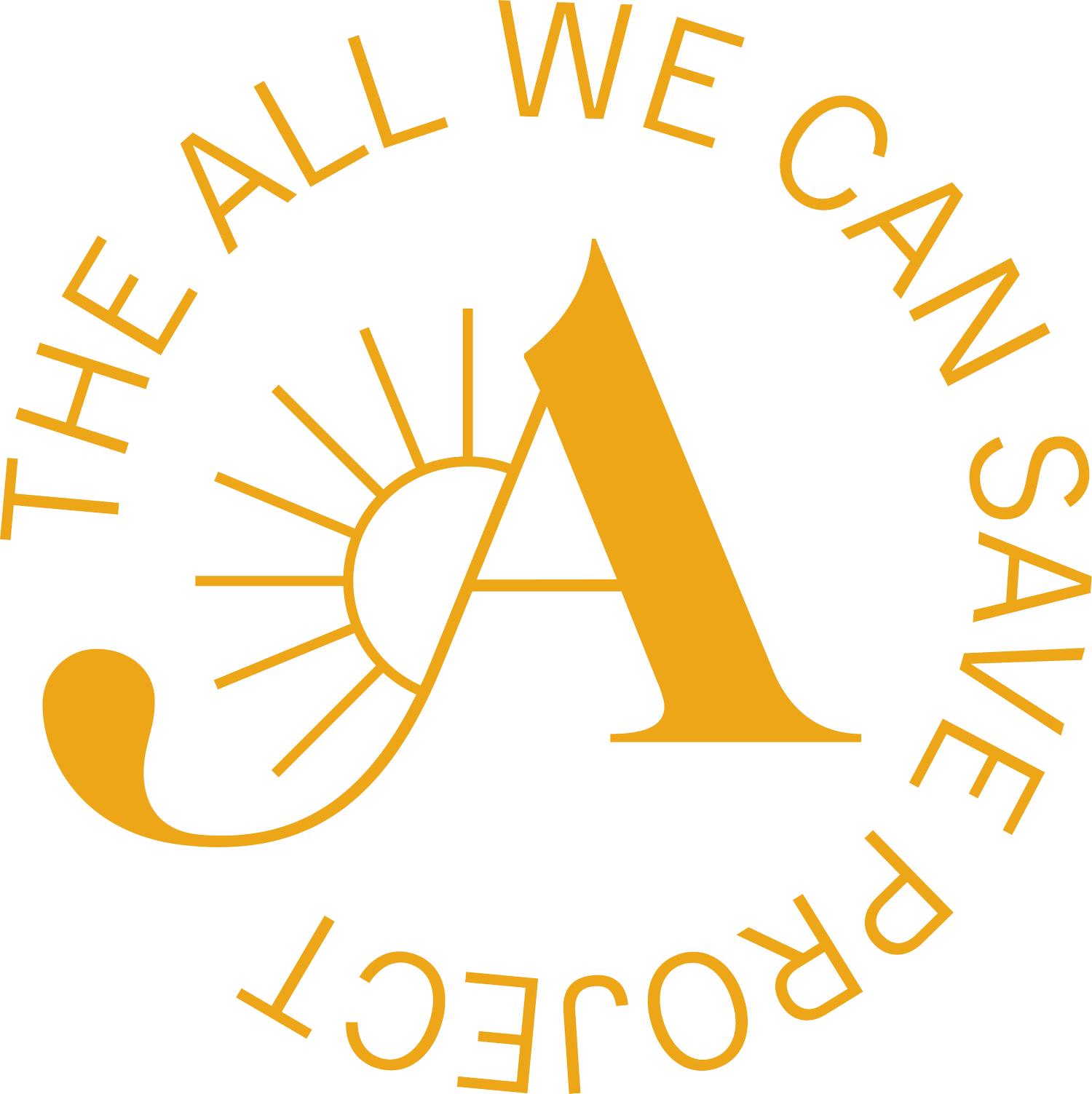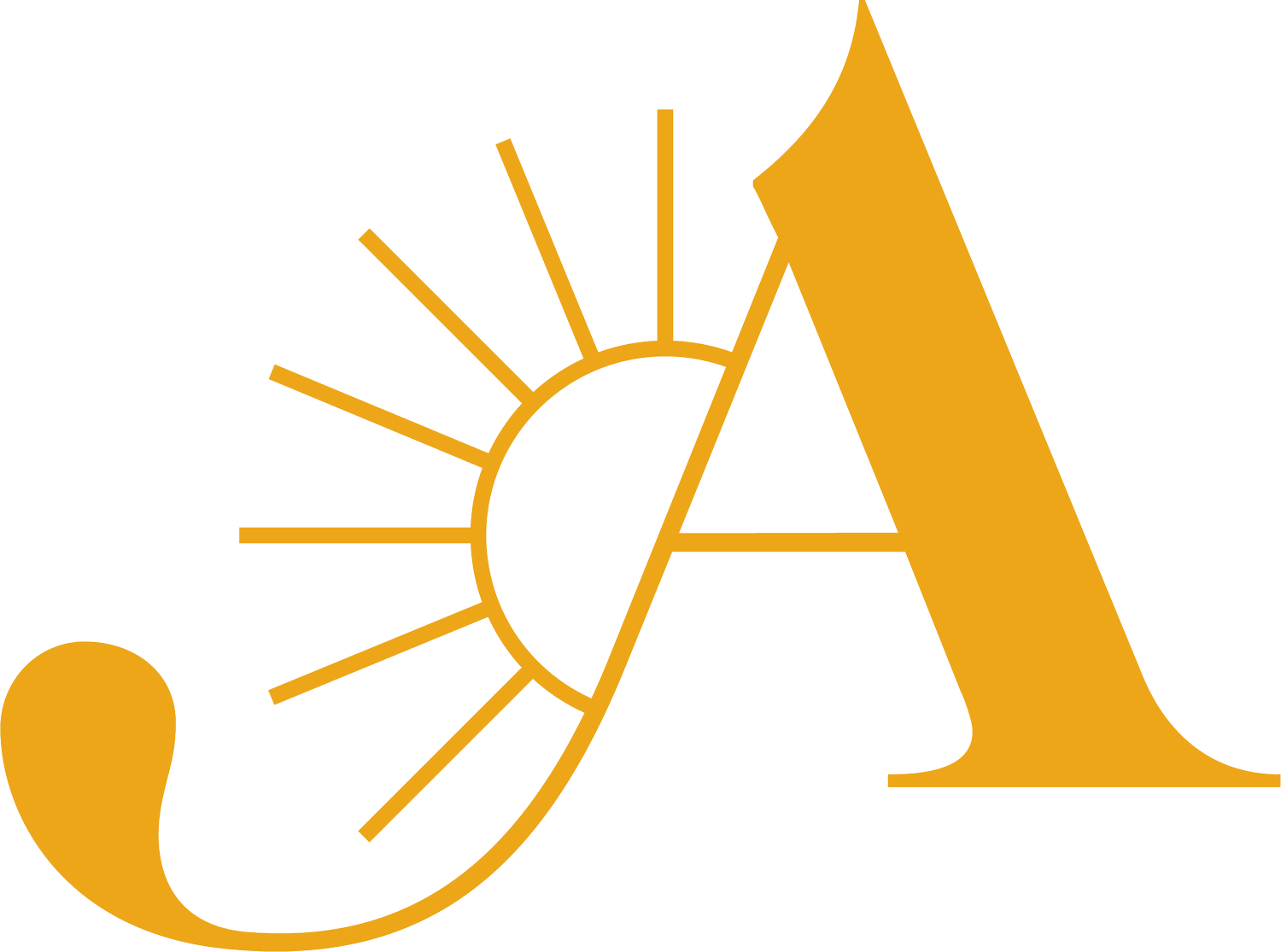For educators teaching All We Can SaveAssignments to spark action
As Dr. Leah Stokes describes in All We Can Save, addressing the climate crisis requires taking action in widening circles of influence — including individual, community, and institutional / policy impacts. Below, you’ll find assignments to help students explore and take action.
“When you decide to become part of changing our energy system, you can start small. In this first circle, you’re training yourself to see the energy system and how to change it…but it’s important to remember that it cannot end there. You have to keep looking for the wider circle.
The next circle is found in community. Each one of us is connected to others. These relationships give us more power than we believe. We can and do shift our communities when we act …
We are working toward the widest circle, which is policy change. It’s not easy, and you can’t do it alone. But each one of us can chip away at the laws that keep us stuck in our current energy system. Slowly, working together, we can shape it into a new form.”
– Dr. Leah Stokes, “A Field Guide to Transformation” from All We Can Save
Please note: It may be helpful to point students to campus mental health resources, should anyone need support as they move through these assignments.
level 0Preparing for action: Exploration
Research a climate journey
Many of the contributors to All We Can Save have had long, varied trajectories to and in climate work. Choose a co-editor or contributor from the book who you identify with and whose work you feel drawn to. Research that person’s story and learn about their path in climate.
For example: What sparked their interest in climate? What knowledge and skills have they developed? Do they have a specific area of expertise? What communities or individuals supported them in their work? Have they been part of any organizations or collective efforts?
Format your findings as a how-to guide, and present it to the class. Format your presentation in whatever way makes most sense for the person you’re researching — it could be a slide presentation, a video, a brochure, or another creative format.
Make your own climate map
Tip for educators: This assignment works best when students have some grounding in climate solutions, to be equipped for grappling with “the work that needs doing.”
Read Emily Atkin’s “‘What can I do?’ Anything” + listen to this podcast episode with Dr. Ayana Elizabeth Johnson about finding your way in climate work.
Draft your Venn diagram for climate action: What are you good at? What is the work that needs doing? What brings you joy?
In class: Break into small groups and dig deeper by reflecting on these questions:
What was your experience with this assignment? Did you run into any challenges? Make any discoveries?
How did you narrow down to the core items you included on your Venn diagram?
Are you still holding questions about any aspect of your Venn diagram? Is there anywhere you need support or want to continue exploring?
What action step do you feel empowered to take from here (at school, at home, in your community, etc.)?
Creatively describe your climate story
Tip for educators: It works well to use designated class time for this assignment
Create! Throughout All We Can Save contributors use creative writing, art, and poetry to express their thoughts, feelings, and lived experiences of the climate crisis. Reflect on your experiences of climate, and make a creative work out of those feelings and insights.
Possible media to consider: creative writing, drawing, painting, poetry, song, video, memes, collage, comics, movement, dance, comedy, etc.
If you’re comfortable doing so, share your creative work with the class.
Understand your climate values and others’
Reread Tara Houska’s essay “Sacred Resistance,” in which she asks us to interrogate and shift the values we bring to climate work.
Part one: Define values
Discuss: What do we mean when we say “values”? What are some examples of values that people hold?
This list of values may be helpful for exploring these questions.
Part two: Reflect
Write down 5 values that you hold and bring with you to engagement with the climate crisis. Select your #1, share with the class, and create a collective list.
Discuss: What do you notice about these values? What do you notice about what’s not listed?
Part three: Analyze
Read the Sunrise Movement’s principles, and list 3-5 values that are reflected in them. Now read Interface’s Climate Take Back principles and do the same.
Share the #1 value reflected in each document with the class, and create side-by-side lists.
Discuss: What do you notice about the alignment or divergence between the values? How might they play out in the world?
Level 2Taking action: Community level
Spark climate conversations
Reread Katharine Hayhoe’s essay from All We Can Save, “How to Talk about Climate Change.”
In class: Break into small groups to discuss your takeaways from the essay. Then, brainstorm and identify someone in your life who you haven’t talked with about climate before.
Next steps: Have a climate conversation with that person and write a short reflection on the experience. (Alternate version: If you aren’t able to conduct that conversation, imagine what it might be like to have such a conversation, write it out as a script, and reflect on the experience.)
Take action by assessing + proposing climate action at your school
Schools are places full of possibilities for climate solutions. Some are more obvious (like recycling or starting a school garden), but many of the most powerful solutions require more research.
Part one: Learn about your school’s impact.
Review Drawdown Labs’ “Climate Solutions at Work” guide. Select one of the eight areas of climate impact for organizations, and research how your school relates to or engages with that area.
Prepare a short presentation of your findings, and share it with the class.
Part two: Make a recommendation for how your school can advance climate solutions.
Tap into the power of radical imagination: What would it look like for your school to be in alignment with a just and livable future? Who has the power to make that so? Are there any efforts already working towards this outcome? How could those efforts be expanded?
Write a blog post or open letter presenting your proposal. Be sure to include what you learned in part one, about the area of impact you researched.
Level 3Taking action: Policy level
Research youth-led collective action
Tip for educators: This assignment could be done individually or in small groups.
Identify and research a youth organization currently active in your region. (If there aren’t any youth organizations active in your region, research one that’s active in your country.) Things to consider:
What is the group’s history, leadership, and values?
What are the steps to get involved in this organization / movement?
What actions, projects, or campaigns is the group working on now?
Attend a meeting or event. What was it like, and how did it feel to be present?
If the organization isn’t already active in your region, contact someone in the organization and research what the steps are to start a local chapter.
Present your findings to the class.
Research + reach out to your elected officials
Research the climate positions of your elected officials (local, state, and/or federal).
If you’re not sure who your representatives are, you can find them by entering your address here.
Begin by looking at information on websites, social media, or in press coverage. If these positions aren’t public, you can call or email elected officials’ offices to ask directly.
Draft a letter to them with your thoughts and recommendations around climate action.
For guidance on how to write an effective letter, check out tips here, or listen to this 15-minute Mothers of Invention podcast episode: “Dear Ruler: Letter Writing Tips for Exasperated Voters.”
Bonus: Reach out to an elected official’s office to set up a meeting, share your views, and spark a climate conversation.


